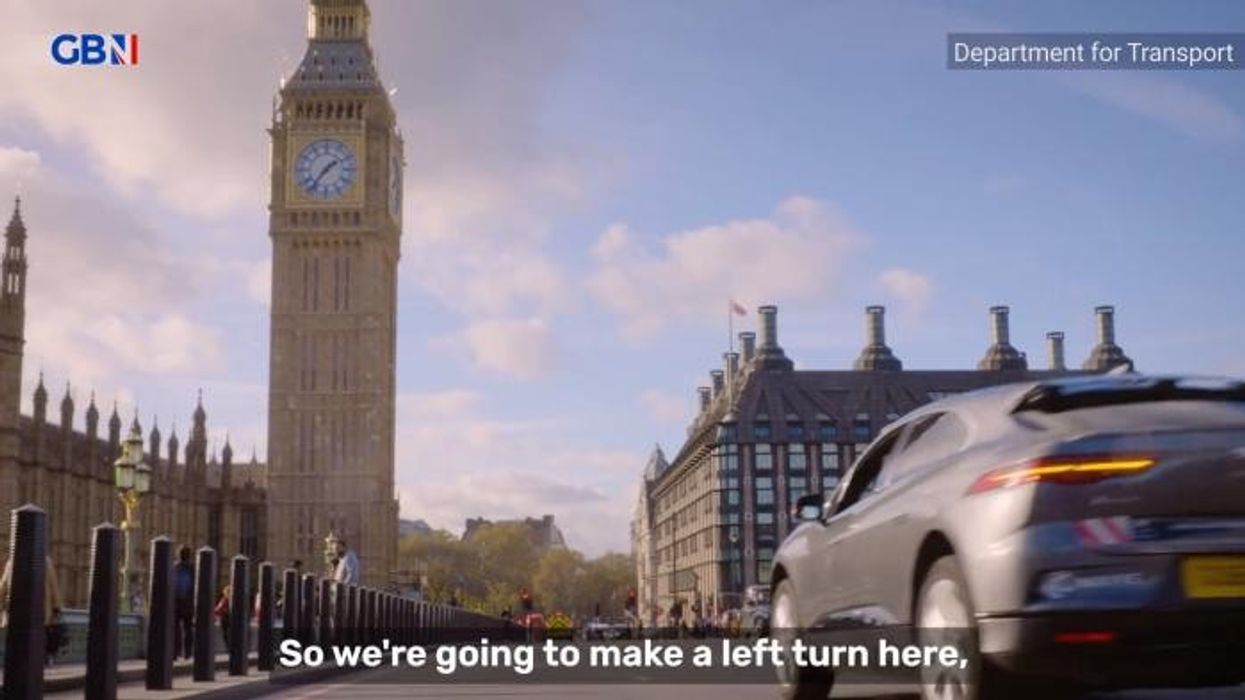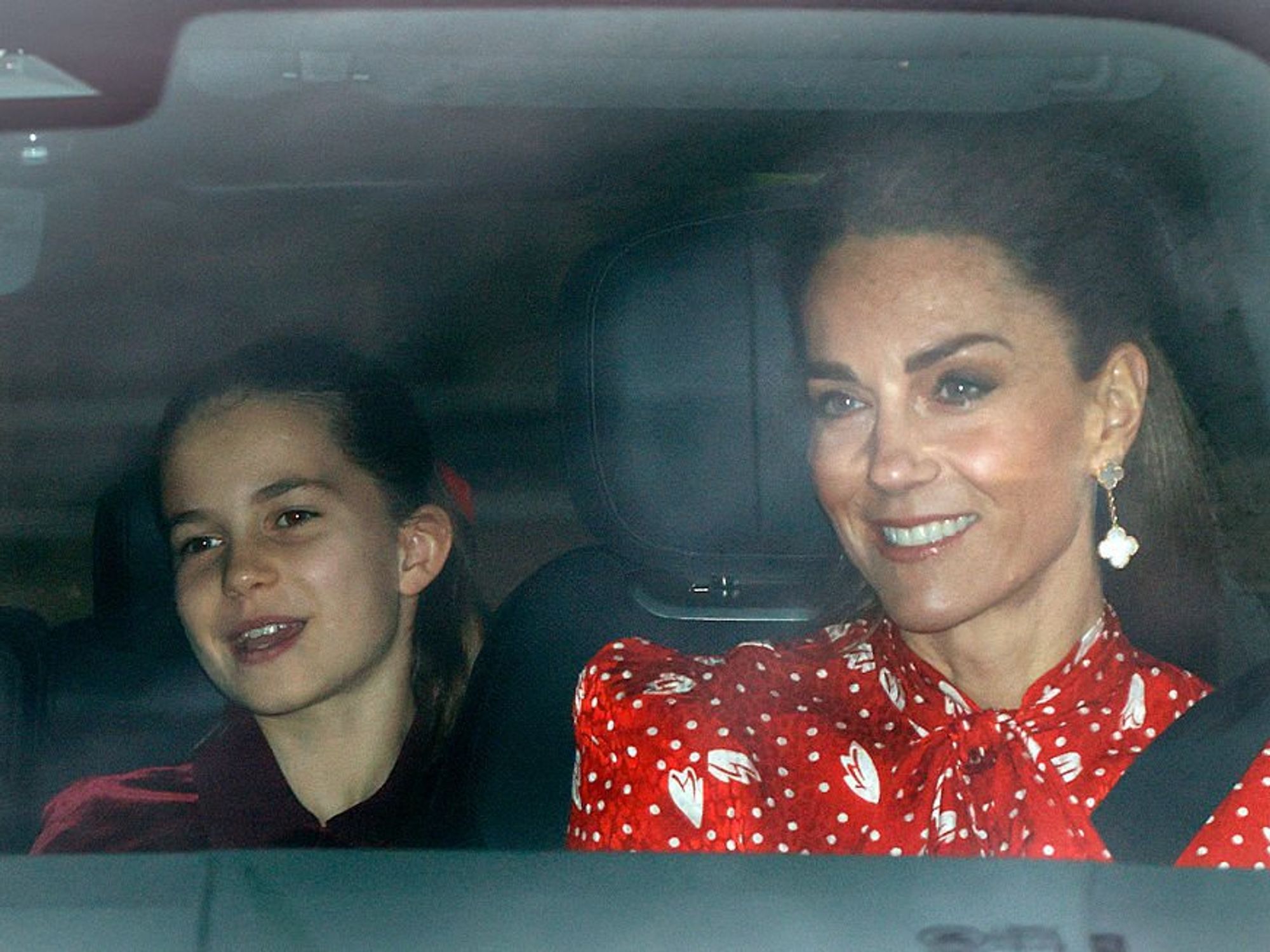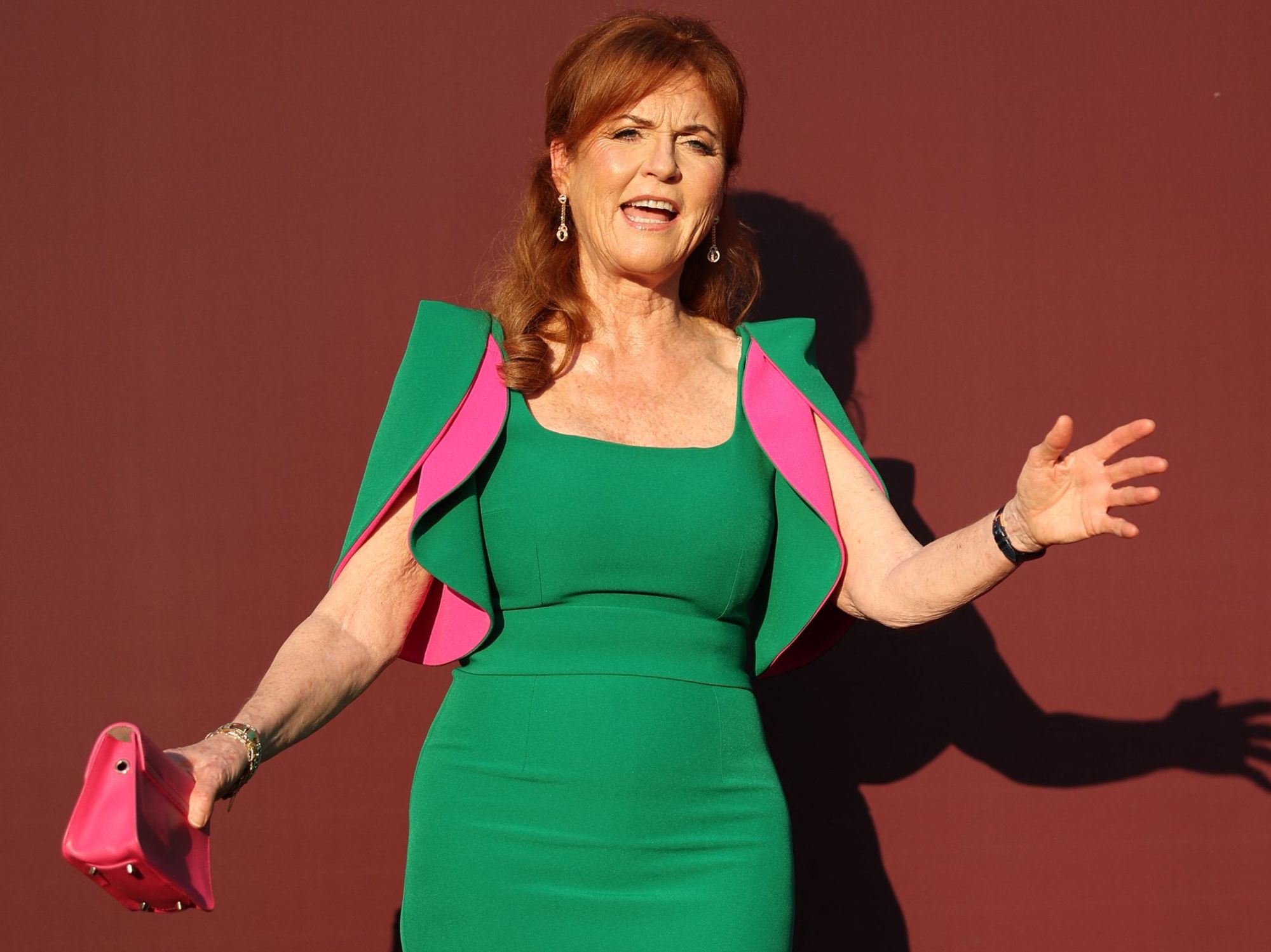Cruise self-driving robotaxis shut down by General Motors despite $10billion investment

There had been hopes that Cruise could generate $50billion in revenue by the end of the decade
Don't Miss
Most Read
General Motors has announced that it will cease funding its Cruise autonomous vehicle unit and exit the robotaxi business entirely, in a massive blow to the self-driving industry.
The Detroit-based automaker will instead shift its focus towards developing partially automated driver-assist systems, including its Super Cruise technology, which allows drivers to take their hands off the steering wheel.
GM's investment in Cruise has been substantial, pouring more than $10billion (£7.8billion) into the autonomous vehicle venture since its acquisition in 2016.
The decision comes as GM acknowledges the significant challenges ahead in the autonomous vehicle sector.
Do you have a story you'd like to share? Get in touch by emailing motoring@gbnews.uk
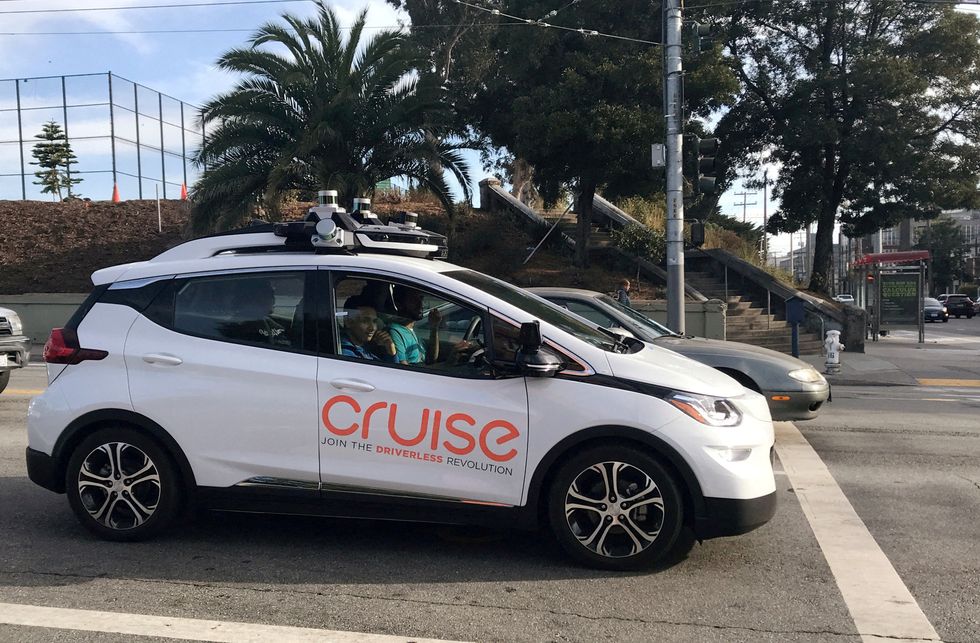
Cruise had been mired in controversy since an accident in San Francisco last year
| REUTERSThe company said it was changing course given the "considerable time and resources that would be needed to scale the business, along with an increasingly competitive robotaxi market".
The automotive giant plans to merge Cruise's technical expertise with its own in-house team to advance driver assistance systems.
Mary Barra, GM's chair and CEO, said: "GM is committed to delivering the best driving experiences to our customers in a disciplined and capital efficient manner.
"Cruise has been an early innovator in autonomy, and the deeper integration of our teams, paired with GM's strong brands, scale, and manufacturing strength, will help advance our vision for the future of transportation."
The company's ambitions were once sky-high, with CEO Mary Barra projecting that Cruise would generate $50billion (£39billion) in annual revenue by 2030.
GM initially acquired the San Francisco-based start-up Cruise Automation in 2016 before gradually increasing its ownership to 90 per cent of the company.
The retreat from robotaxis follows a similar pattern seen amongst competitors, with Ford Motor having already shifted spending away from its Argo AI operation in October 2022.
It also follows a series of significant setbacks, most notably a serious incident in San Francisco where the company faced intense scrutiny after one of its autonomous vehicles dragged a pedestrian who had been struck by another vehicle.
The California Public Utilities Commission suspended Cruise's driverless testing permit after alleging the company covered up crash details.
This led to Cruise pulling all its driverless vehicles off roads nationwide and triggered substantial internal changes, including the loss of around one-fourth of the total workforce.
GM expects the restructuring to yield significant cost savings, with spending reductions of more than $1billion (£783million) annually once completed, which is expected by the end of June next year.
Dave Richardson, senior vice president of software and services engineering, emphasised GM's continued commitment to autonomous driving, stating it's "fully committed to autonomous driving and excited to bring GM customers its benefits".
LATEST DEVELOPMENTS:
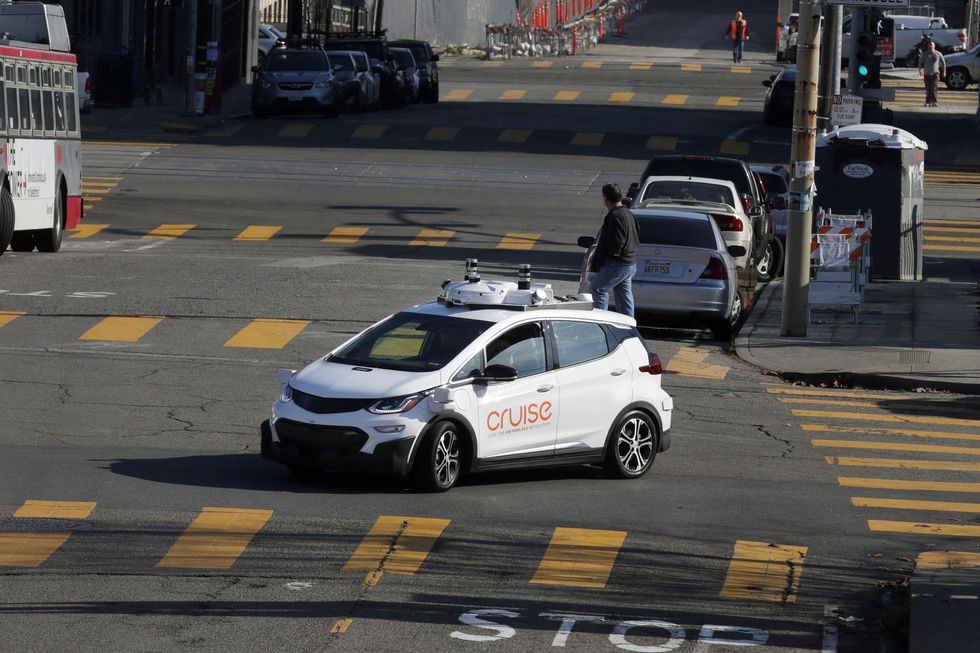
General Motors originally acquired Cruise Automation in 2016
|REUTERS
These benefits include "enhanced safety, improved traffic flow, increased accessibility, and reduced driver stress", according to Richardson.
The company will now build on its Super Cruise technology, which is currently available on more than 20 GM vehicle models and logs over 10 million miles monthly.
The restructured approach will see Cruise's technical capabilities integrated into GM's broader autonomous driving development efforts.


